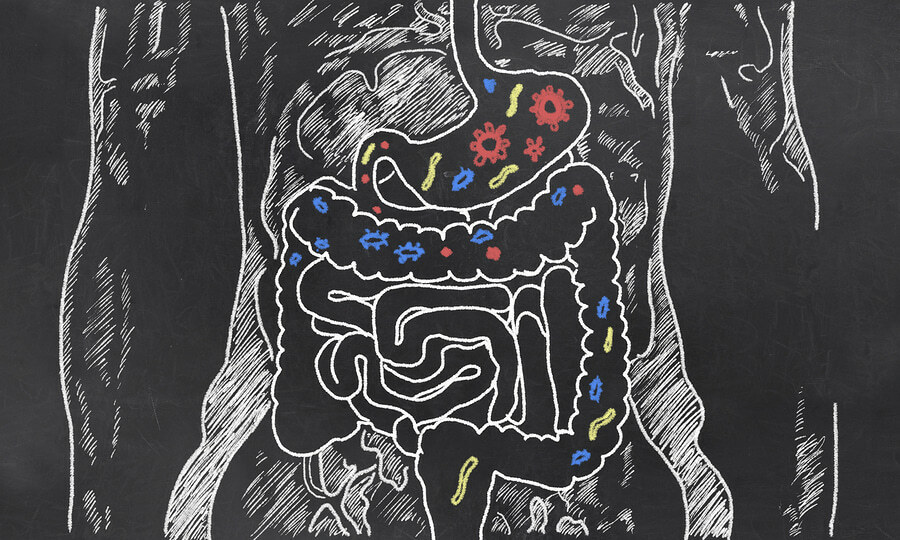Image credit: bit24/bigstockphoto.com
Food allergies occur when the body has an adverse or abnormal response to a food. An allergic reaction can be immediate and life threatening, such as with peanuts. Or it can be delayed, taking three to five days to show up, causing hay fever-like symptoms, digestive distress, eczema or other skin irritation, or changes in behavior and mental focus. This delayed reaction is called “food sensitivity” and is usually not life threatening.
A true food allergy can be permanent – whenever you eat or are exposed to that food it will provoke an immune reaction that will exist over your lifetime.
A food sensitivity happens gradually. Triggers include: stress, infection, poor eating habits (e.g., over-consumption of foods with additives, preservatives), or foods exposed to toxins such as pesticides and pollutants. Food sensitivity can lead to chronic health problems, including ADHD, digestive disorders, and persistent infection.
The immune system triggers the body’s response to a food allergen. Protein molecules called immunoglobulin (Ig) circulate in the body via white blood cells. Immunoglobulin (a.k.a. antibodies), very specifically recognize and bind to bacteria, fungus, viruses, or other foreign substances so the immune system can destroy them. Think of immunoglobulins as goblins gobbling up invaders in the body. Once an antibody is produced against a specific invader, the next time it enters the body, the immune system “remembers” it and produces more of the same antibodies to destroy the invader.
If the root cause of a medical condition can be identified as a food allergy or sensitivity, we can use “food as medicine” to correct the imbalance. To do this, a blood test of Ig activity in response to different allergens is done.
Testing for Food Allergies
There are several Ig types that have different yet synergistic roles in the immune system.
IgE antibodies cause the body to react, at times violently and immediately, to things such as pollen, fungus, insect stings, medications, milk and other foods. IgE levels are often highest in people with allergies, including food allergy. An IgE test covers the major food allergens that produce immediate reactions in the body, such as nut, egg, cow’s milk, shellfish, and soy.
IgG antibodies fight bacterial and viral infection. Found in all body fluids, this antibody is typically associated with food sensitivity.
IgA antibodies protect body surfaces exposed to outside foreign substances. It’s abundant in mucus found throughout the body, including the gut; a deficiency in IgA could be tied to adverse responses to food.
The IgE test can be combined with IgA and IgG tests for a more comprehensive test of nearly 200 allergens including meat, dairy, starches and grains, mold and other environmental substances.
There are many ways your health practitioner can approach testing and help you make dietary modifications based on test results, current health concerns, and lifestyle factors. It’s not just about eliminating a food. It’s about looking at the whole picture of your health and the role food plays as both nourishment and medicine for you and your family members.




